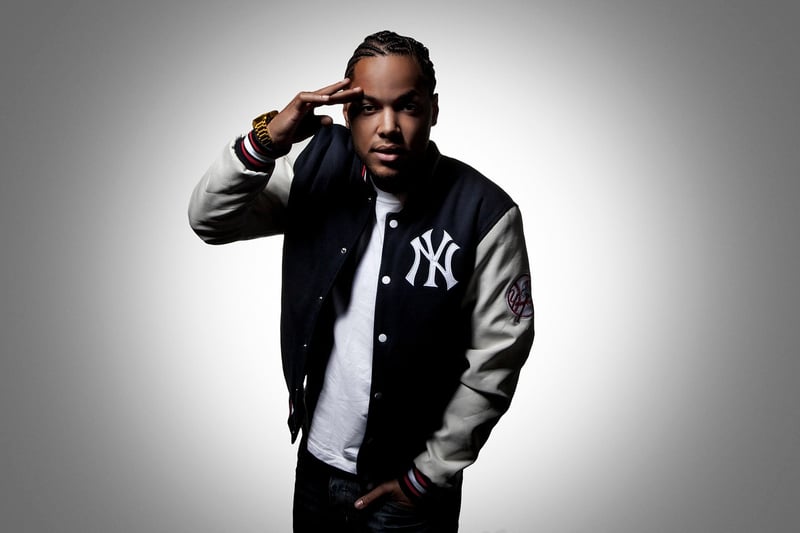Hip Hop
The Power of Expressive Movement in Hip Hop
Hip Hop, as a genre of music and dance, has long been synonymous with expressive movement. From its roots in the Bronx in the 1970s to its global influence today, Hip Hop has provided a platform for dancers to convey emotion, tell stories, and showcase their creativity through movement.
History of Hip Hop Dance
The history of Hip Hop dance is rich and diverse, drawing inspiration from a variety of sources including African dance, jazz, tap, and even martial arts. It is a dynamic and constantly evolving form of expression that embraces individuality and self-expression.
Elements of Expressive Movement in Hip Hop
Expressive movement in Hip Hop is characterized by fluidity, creativity, and authenticity. Dancers often use their body language to convey emotions and tell stories, connecting with the audience on a deeper level.
- Isolation: Hip Hop dancers are skilled at isolating different parts of their body, creating visually striking movements that command attention.
- Freestyle: Freestyle dance is a core element of Hip Hop culture, allowing dancers to improvise and express themselves in the moment.
- Emotion: Emotion plays a significant role in Hip Hop dance, with dancers using their movements to convey feelings of joy, pain, struggle, and triumph.
Impact of Expressive Movement in Hip Hop
The impact of expressive movement in Hip Hop extends beyond the dance floor. It has the power to inspire, empower, and unite people from diverse backgrounds, fostering a sense of community and belonging.
Get Inspired and Get Moving
If you're looking to explore the world of expressive movement through Hip Hop dance, there are plenty of resources available online and in local dance studios. Embrace your creativity, find your unique voice, and let the music move you!

Image source: Pixabay
